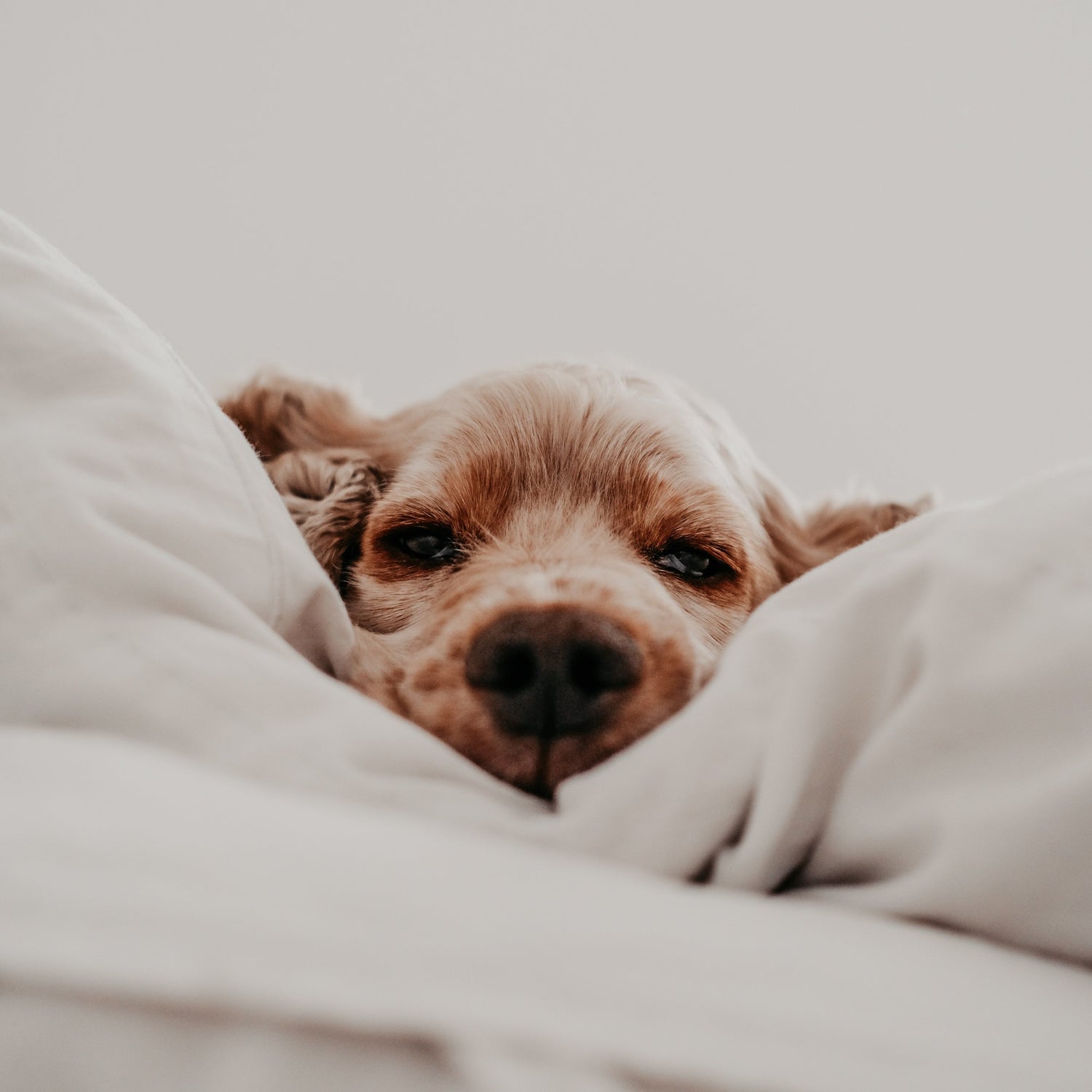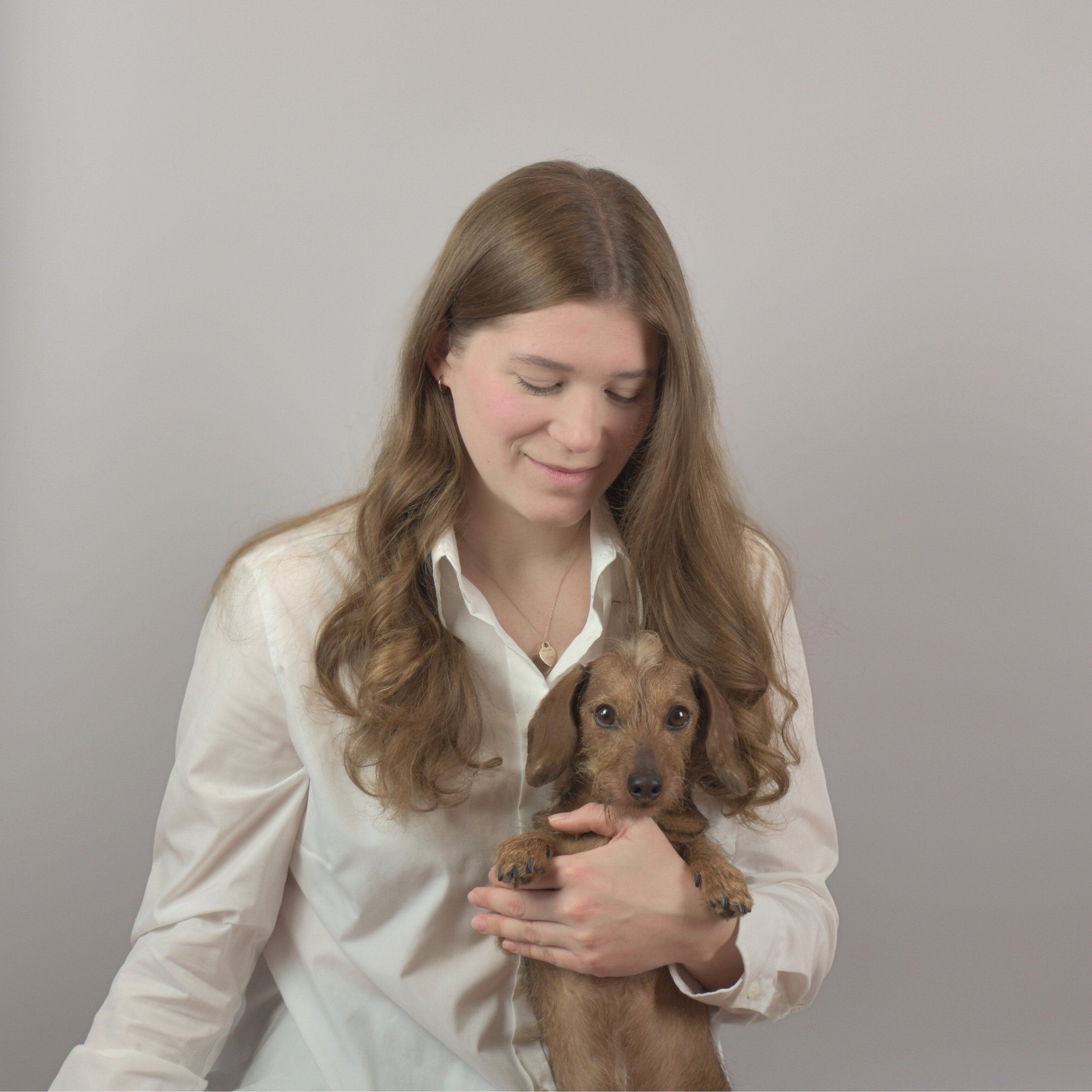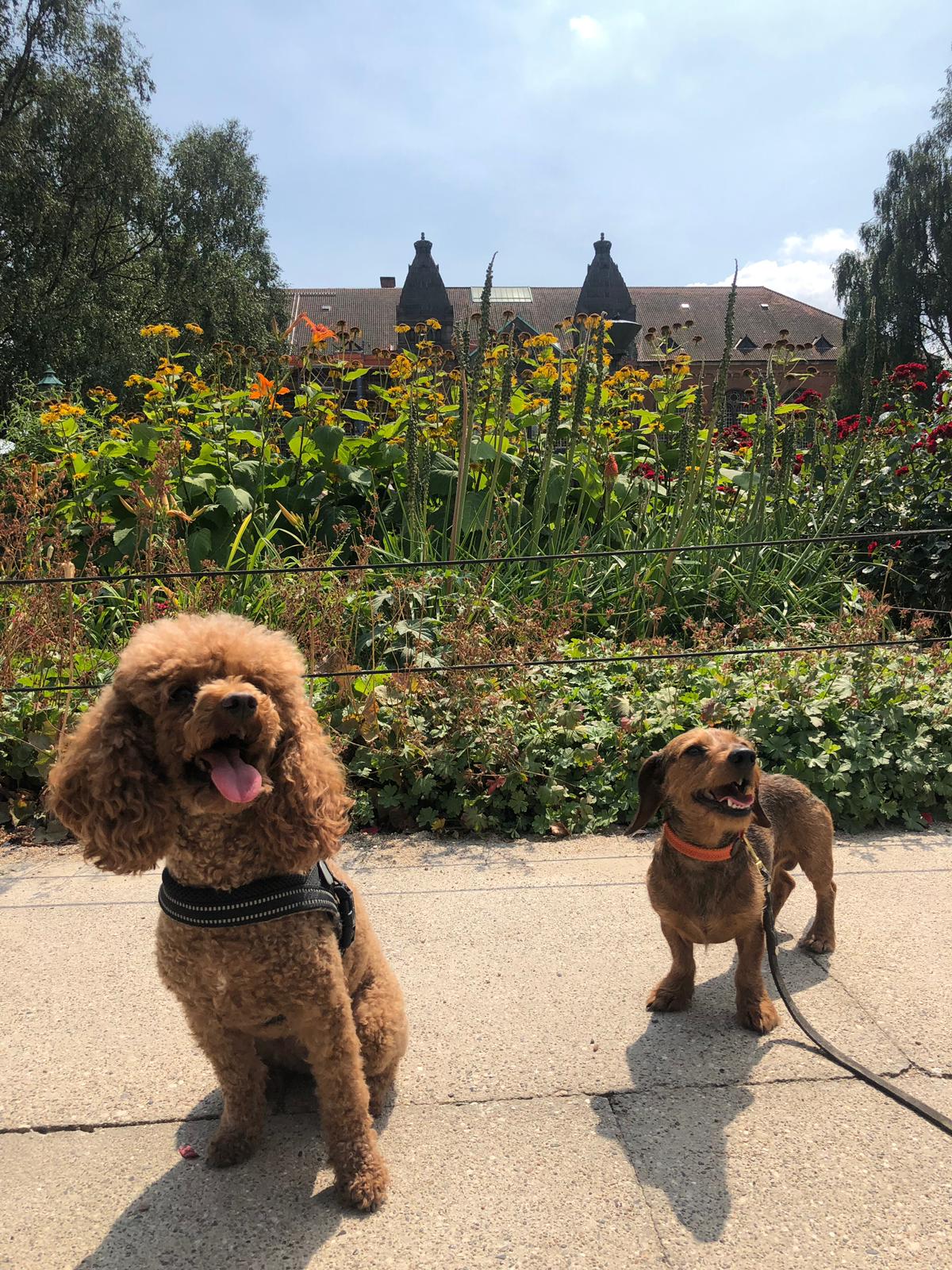Traveling with your dog can be a great adventure for everyone involved – provided your four-legged companion feels comfortable and safe. Things are different if your dog suffers from travel anxiety: Suddenly, the planned trip becomes a stressful situation for you and your pet. In this article, you'll learn how to recognize travel anxiety in dogs early on, which natural remedies really help, and how you can ensure relaxed trips with a well-thought-out training and routine concept. Below, we've compiled the table of contents for you to give you a quick overview of the individual chapters. Following this, you'll find a summary of the five most important findings of this article before we dive into the detailed tips and background information.
Table of contents
- Travel anxiety in dogs: definition and differentiation
- Understanding the causes of travel anxiety in dogs
- Natural remedies for travel anxiety in dogs
- Early habituation and desensitization for travel anxiety in dogs
- Travel preparation for dogs with travel anxiety: routine and comfort
- Nutrition and relaxation rituals on the go for dogs with travel anxiety
- Conclusion: How to holistically overcome travel anxiety in dogs
- Frequently Asked Questions
Key take-aways
- Travel anxiety in dogs manifests itself in stress signals such as panting, trembling and restlessness.
- In addition to training and routine, natural remedies (CBD, Bach flowers, essential oils, homeopathy) can reduce anxiety.
- Step-by-step desensitization training optimally prepares your dog for the journey.
- Familiar processes and objects create safety even when on the move.
- Regular breaks, calming snacks and relaxation rituals promote relaxed travel.
Travel anxiety in dogs: definition and differentiation
Travel anxiety in dogs describes an emotional stress reaction to traveling itself—typically car journeys, but also train or boat rides. Unlike motion sickness, which causes physiological symptoms like nausea and vomiting, travel anxiety is a psychological stress. While a dog with travel sickness primarily suffers from physical symptoms, you'll recognize typical behaviors that indicate stress when it comes to travel anxiety.
The most common signs include restless pacing in the car, increased panting, trembling, whining or barking, increased drooling, and attempts to chew or scratch in unfamiliar places. Some dogs refuse to get in, while others cower rigidly in their carrier. It's important to take these signs seriously early on to avoid worsening anxiety and to initiate appropriate countermeasures.
Understanding the causes of travel anxiety in dogs
To be able to specifically address your dog's fear of traveling, you should understand the possible causes. On the one hand, genetic predisposition plays a role: Particularly anxious dog breeds or individuals with a more sensitive nature are more prone to stressful situations. On the other hand, dogs who have had negative experiences in cars as puppies or later (for example, a sudden, steeply winding journey or a loud bang) have an increased risk of developing phobic reactions.
Environmental factors also influence the dog's perception of the journey: Loud engine noises, jerky movements, cramped crates, or strong smells can trigger anxiety. Even seemingly insignificant details, such as a cold draft from the air conditioner or glaring sunlight on the window pane, can increase stress levels. Another aspect is the dog's general emotional state: A dog that is already insecure or easily excitable in everyday life will react equally sensitively to changing situations.
Natural remedies for travel anxiety in dogs
For chronic travel anxiety, natural remedies can be a valuable supplement to training. Unlike synthetic or veterinary-prescribed sedatives, CBD, Bach flower remedies, essential oils, and homeopathic remedies work gently and without severe side effects. The following table provides an overview of the most important natural remedies, along with links to recommended sources:
| Medium | Effect | dosage | Application | Source |
|---|---|---|---|---|
| CBD oil | Relaxes without sedation; reduces anxiety | 1–2 drops per 5 kg body weight, 30 minutes before travel | Under the food or better directly in the mouth | CBDVital Dog Oil |
| Bach flowers (Rescue®) | Supportive in times of acute stress | 4 drops in drinking water or food | Give directly into the mouth or into the water | Bach Flower Rescue Drops |
| Essential oils | Calming scents (e.g. lavender, chamomile) | 2-3 drops on scented pillow or diffuser | Fragrance diffuser in the car, no skin contact | Primavera Essential Oils |
| Homeopathic remedies | Specific remedies for travel anxiety (e.g. Cocculus) | C30: 1 globule 30 minutes before travel | Place directly in the mouth or on the tongue | DocMorris Homeopathy |
Deepening of the individual means
-
CBD oil
Cannabidiol (CBD) has an anxiolytic and calming effect without depriving your dog of control or orientation. Look for organic, THC-free products and start with a low dosage to test the effect. It's best to administer about 30 minutes before starting your journey. -
Bach flowers (Rescue®)
The Rescue® blend combines five essences for stress relief. It is particularly suitable for acute anxiety situations. Taking it every two to three hours can help maintain emotional balance. -
Essential oils
Lavender and chamomile are known for their calming effects. Apply a few drops to a cozy dog cushion or use a battery-operated diffuser in your car. Avoid direct drops on your fur or skin. -
Homeopathic remedies
Cocculus and Nux vomica have proven effective for restlessness caused by travel sickness. Globules in 30C potency are easy to administer. Observe whether repeating the treatment halfway through the journey is advisable.
Early habituation and desensitization for travel anxiety in dogs
Long-term success in overcoming travel anxiety relies on systematic training. Start with short training sessions in the car or in the crate when your dog is still a puppy. The goal is to associate the trip with positive experiences.
-
Gentle approach
Park the car near the house with the ignition off. Lure your dog inside with a treat or toy without turning on the ignition. Once he sits quietly in the car, praise him profusely. -
First “ride” in standstill
Start the engine for a few seconds before turning it off again. This will allow your dog to get used to the engine noise and vibrations without movement. -
Short distances
Start with a few rides: Push the car gently while the dog remains secured in the car. Then, start with the first real rides of a few meters. -
Positive reinforcement
Reward each step with treats, games, or cuddles. Avoid frantic comforting so your dog learns to handle the situation on his own. -
Gradual increase
Gradually increase your driving distances and vary your routes, times of day, and traffic situations. Successful training may take several weeks.
Travel preparation for dogs with travel anxiety: routine and comfort
Just as important as training is proper preparation before each trip. Dogs are creatures of habit and appreciate familiar routines:
-
Feeding and walking times
Plan your dog's food and walk so that he doesn't travel hungry or with a full stomach just before departure. A small, wholesome snack 1-2 hours beforehand can help prevent nausea. -
Familiar retreat
Bring a favorite pillow, blanket, or a worn T-shirt that smells like you. This will give your dog a place to retreat to and provide a sense of security. -
Securing in the vehicle
Whether it's a transport box, seat belt, or barrier, make sure it's stable and comfortable. Your dog shouldn't be thrown around in curves or be cramped. -
Climate in the car
Ensure a comfortable temperature and sufficient fresh air. However, direct drafts should be avoided to prevent cooling or tension. -
Back seat organization
Have water, snacks, and, if necessary, a playlist of calming music handy. Cleaning supplies are also helpful in case of an emergency.
Nutrition and relaxation rituals on the go for dogs with travel anxiety
Even well-prepared dogs benefit from small islands of relaxation along the way:
-
Soothing snacks and chews
Chew strips made from natural ingredients (e.g., dried tripe strips) promote calm activity. Your dog focuses on chewing, which reduces stress levels. -
Mental distraction
Intelligence toys or sniffing mats offer entertaining pastimes during longer breaks. Place them in the car. -
Regular breaks
Plan ten- to fifteen-minute breaks every one to two hours. A short walk, drinking water, and checking your relaxation signals are mandatory. -
Massage and physical contact
A gentle shoulder and neck massage during a break relieves tension caused by long periods of sitting. -
Quiet background noises
Quiet, soothing music can create a comfortable atmosphere in the car. Make sure the volume remains low.
Conclusion: How to holistically overcome travel anxiety in dogs
A relaxed trip with your dog isn't a coincidence, but the result of a holistic approach that includes definition, root cause analysis, training, routine, and the targeted use of natural remedies. Only by considering all aspects—from gentle desensitization to calming CBD oils, Bach flower remedies, and aromatherapy—can you effectively reduce your dog's travel anxiety.
It's important to be patient and gradually introduce your dog to new stimuli. Adapt training plans and rituals to their individual personality and thus build their self-confidence. With careful preparation and a loving, routine approach, you'll pave the way for relaxed and enjoyable outings – for you and your four-legged friend.
Good luck and safe travels!





